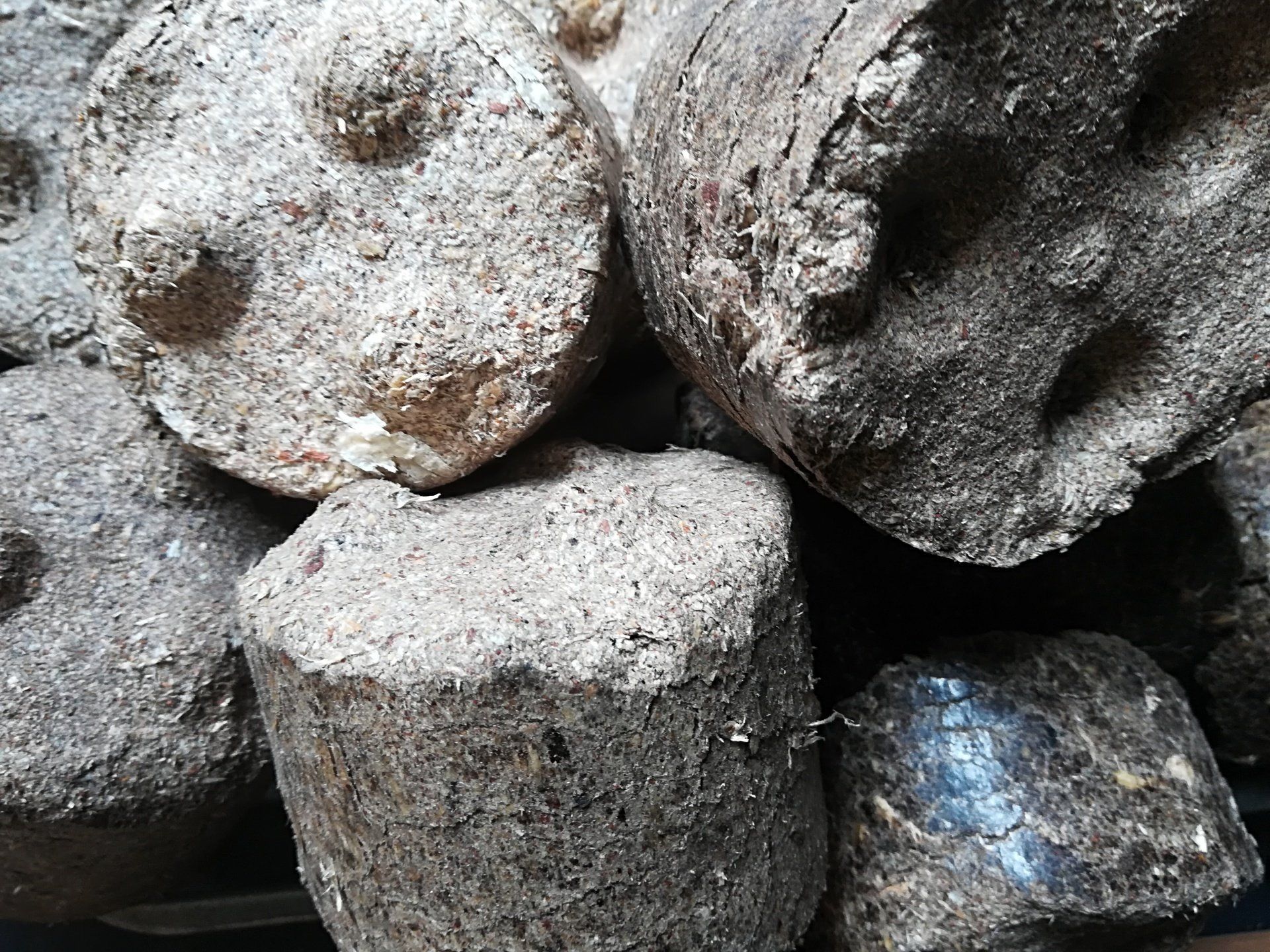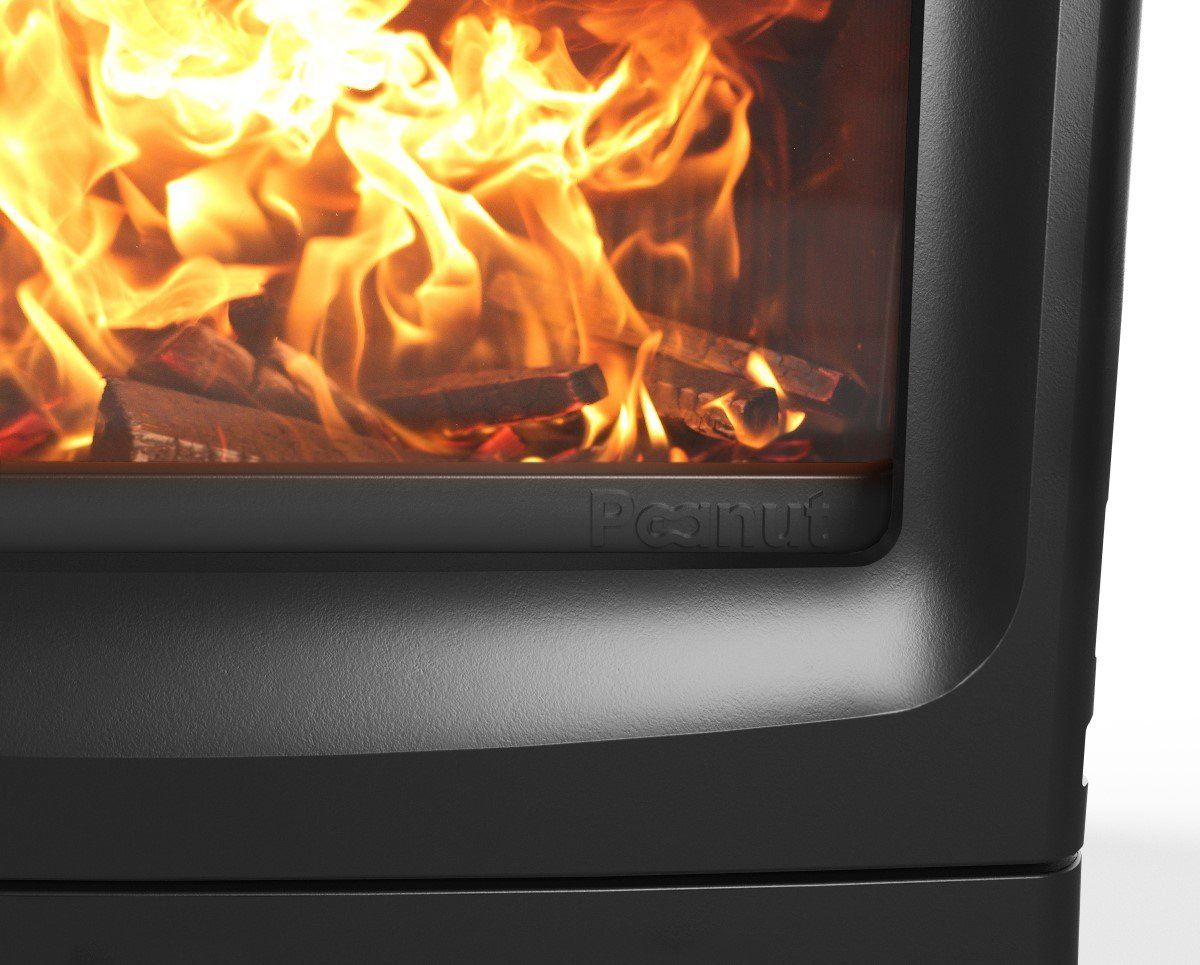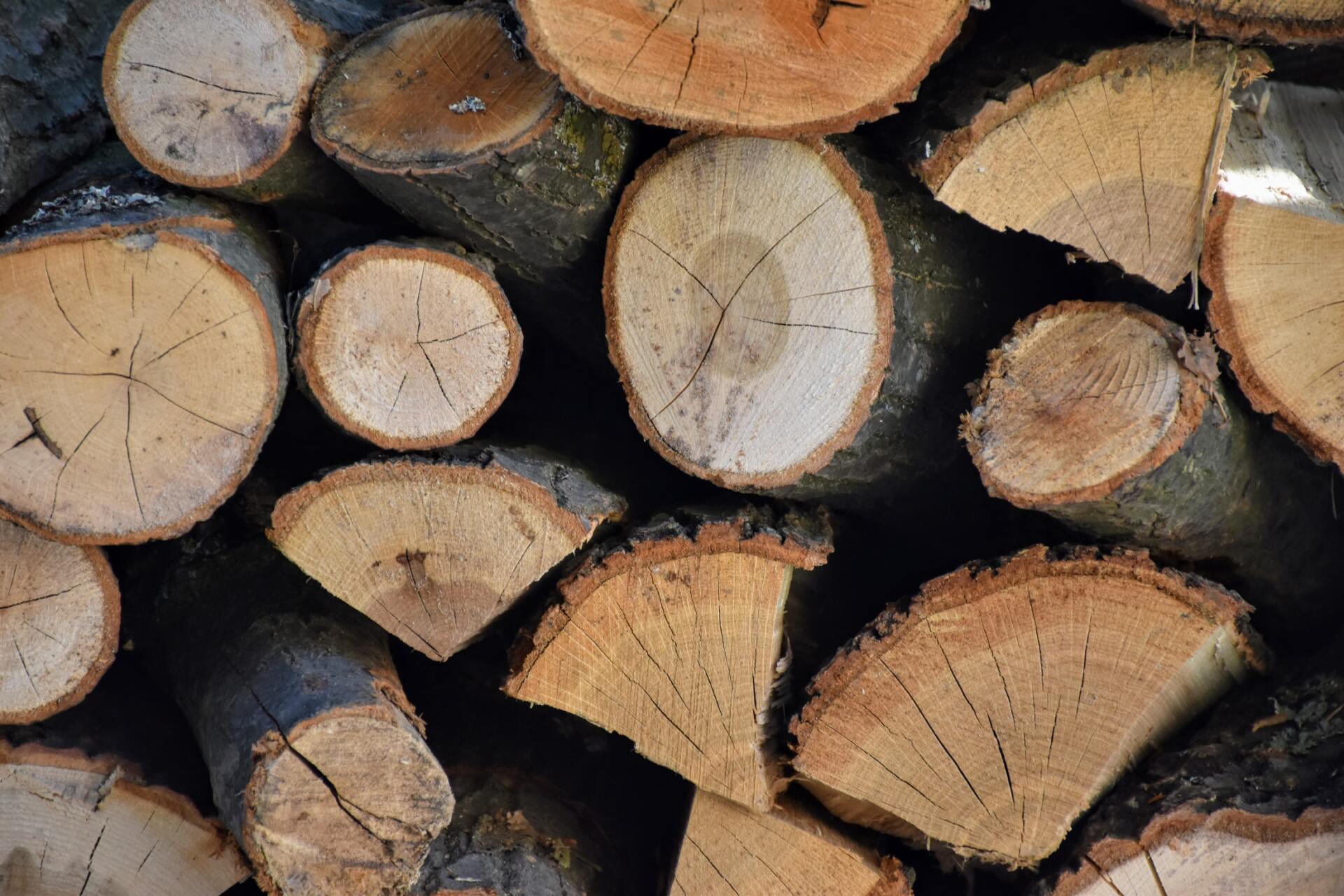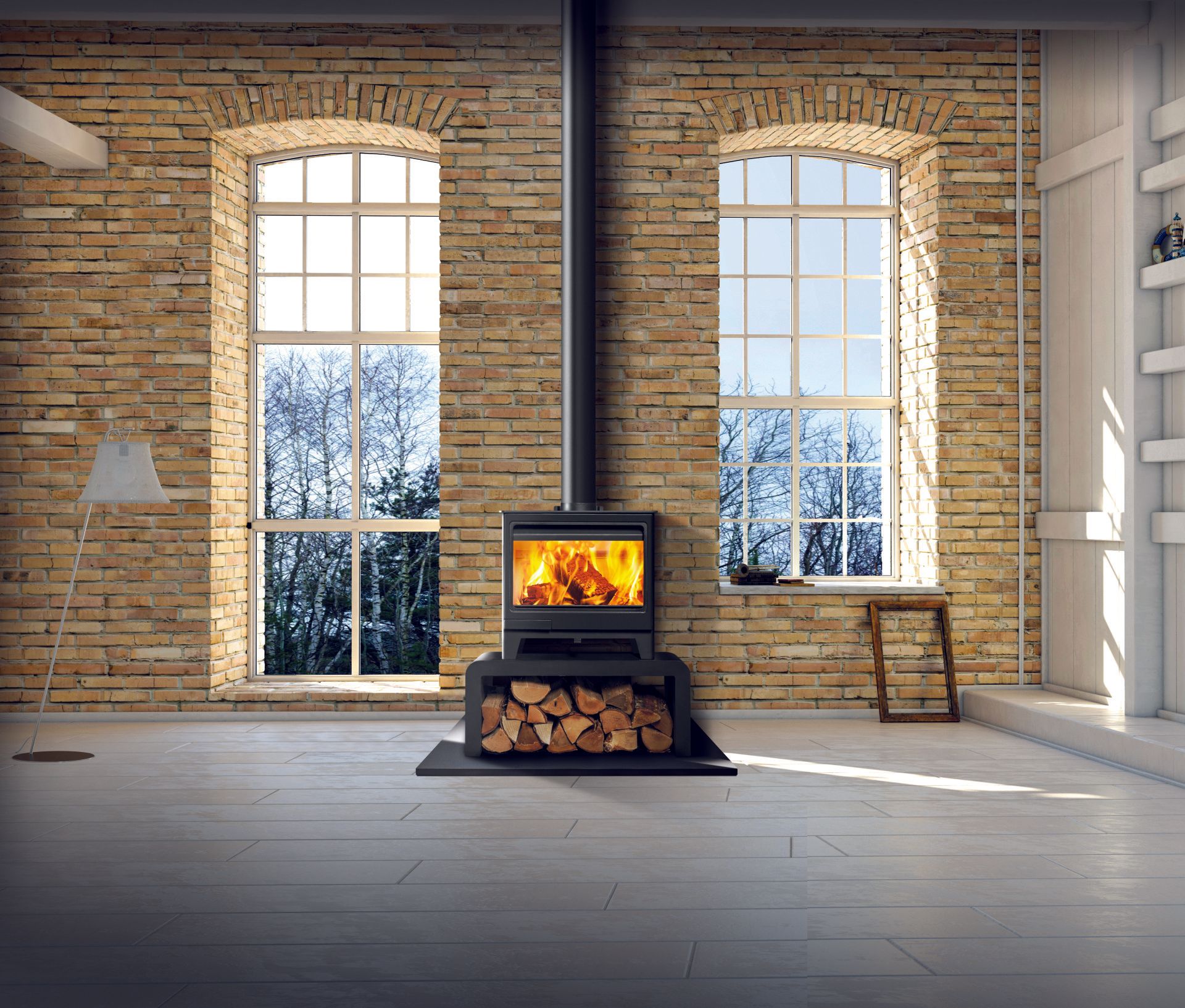A guide for buying & burning Wood/Sawdust Briquettes

What are wood/sawdust briquettes?
Wood or Sawdust Briquettes are made by recycling the sawdust waste from sawmills etc. and compressing them into briquettes.
Are wood/sawdust briquettes safe to use in a stove?
Yes. They are a completely wood-based product, so can be used in wood burners and multi fuel stoves.
What are the advantages & disadvantages of burning wood/sawdust briquettes?
Advantages include;
- Cost
Briquettes are a relatively inexpensive fuel source and are usually cheaper to buy compared to logs and coal.
- Heat output
Briquettes burn hotter than logs but not as hot as coal.
- Moisture content
They usually have a moisture content of less than 10%, which means less risk of chimney problems.
- A recycled, all-natural product.
Due to briquettes being made from a waste product, you are making use of something that could have been thrown out otherwise.
- Quick to light
Gets your fire alight quickly and efficiently.
Disadvantages
- Can overheat stove easily
We always warn our customers to exercise caution when using briquettes for the first time, as they burn hot. It can be very easy to overheat a stove unit by putting on too many.
- Storage
Briquettes expand and crumble apart when wet, so they must be stored in a dry environment.
- Can burn quickly
This is affected by size and density but be aware that some briquettes will burn quicker than others.
- Treated wood, chemicals and other particles.
Some of the cheaper briquettes can contain sawdust from treated wood and when burnt will release chemicals, the other thing to look is for is things like glue and other unwanted particles. A good briquette should only contain untreated sawdust particles.
What type of wood/sawdust briquette is best?
With briquettes becoming so popular, there are many different variations of briquettes available. Which is best for a customer depends on how they want to use the product.
When choosing briquettes the following should be considered;
- Shape & Size
- Type of wood used
- Density
- Packaging
- Chemicals, wood treatments and other particles.
Shape & Size
Briquettes come in all manner of shapes and sizes.
The most common shapes are;
- Circular
- Rectangular
- Tubular
Briquettes can usually be grouped into three sizes:
- Smaller Briquettes
These are usually round; however, you can get some rectangular shaped small briquettes.
- Medium Briquettes
These are usually rectangular blocks; however, you can get some round as well.
- Large Briquettes.
These are more often tubular in shape; however, you can get large rectangular blocks.
The larger the briquette the longer the burn time. However, this is also affected by other factors such as the type of wood and density.
Type of wood used
This is similar to logs; the type of wood will provide different heats and burn times. Softwood sawdust will burn quicker than hardwood. Density will also effect burn time.
Check our types of wood advice for wood types to avoid.
Also, ensure that the sawdust used is untreated and the briquettes only contain sawdust particles.
Density
The density of a briquette is affected by two main factors;
- Size of sawdust particles.
Smaller sawdust particles make a denser and tighter packed briquette.
- The pressure used in the manufacturing process.
The higher the pressure used, the denser the briquette will be.
The denser the briquette the longer it will burn. The larger and denser briquettes will behave more like solid logs when lit.
Packaging
If briquettes get wet then they will expand and crumble, which is why it is important to consider the packaging when looking at briquettes. Thin plastic packaging is more likely to tear, and the briquettes inside may have expanded. So, when purchasing check for any rips in the packaging.
If purchasing a bulk bag of briquettes check how they are stored and look for any signs of expansion when purchasing (or on delivery).
Chemicals, wood treatments and other particles.
When purchasing ensure you have a look at the product to ensure you are getting briquettes that are made from untreated wood, and the briquettes only contain sawdust particles.
How do I use briquettes?
Briquettes have a few uses, the most common are;
- First lighting fire
We advise all of our customers to use the smaller briquettes when first lighting a fire. This is because of the high heat output and high burn aid in getting your fire up to optimum temperature quickly.
- Alongside slower burning logs
Mixing them alongside slower burning logs such as oak gives a boost in the heat but also can help speed up the slower burning logs combustion.
- Heat boost.
If you just want a quick heat boost, then chuck a few of the smaller or medium-sized briquettes on.
- Primary fuel source
They can be used as a primary fuel source, but remember that the larger and denser the briquette, the longer burn time.
How do I store briquettes?
If briquettes get wet and expand and crumble. You will not get the same heat from expanded briquettes and tend to produce smoke when burnt. If your briquettes have gotten wet and expanded, we do not advise burning them.
Even if the briquettes have good quality packaging it can still be susceptible to damage.
Briquettes should be stored in a dry area such as;
- Watertight shed
- Dustbin with Lid
- Watertight storage boxes
If you have any further questions about what to burn on your stove, please feel free to ask a member of our team and they will do their best to help you.










